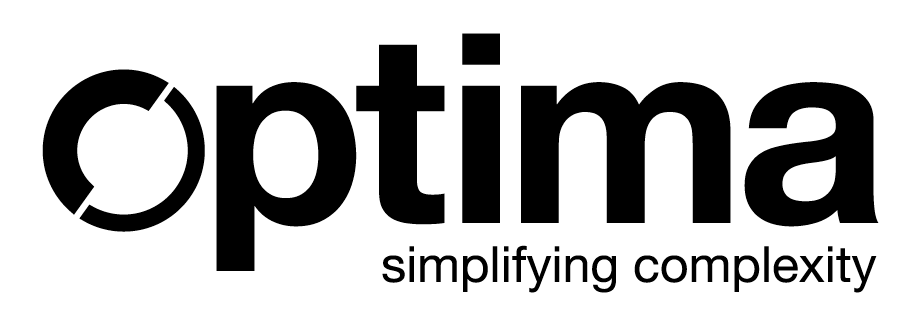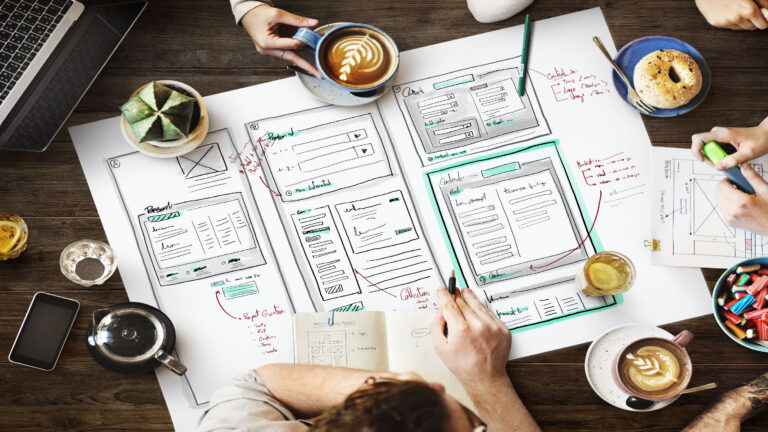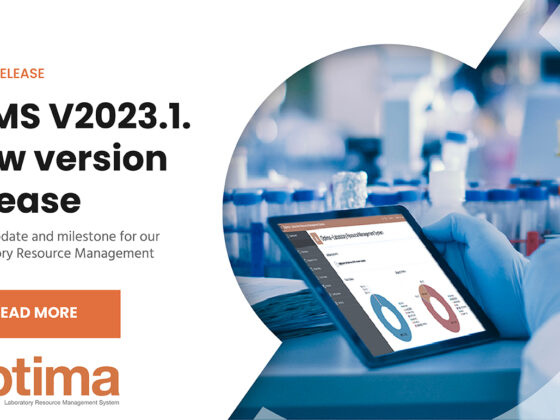When missing the phone, most of us are practically lost: how can we get reminded of the next videoconference with the team or the customer, how can we have visibility of the high priority list of tasks to be achieved today at work? And again, , we need to make sure the alarm rings at the right time for picking up the kids at school, buy something for dinner and do the routine errands…
We have installed numerous applications in this smartphone too. From our preferred medias to check the news, the weather for the weekend at the Lake, the evolution of the COVID vaccination in the world down to our region, what our friends are sharing in social media, how last morning run went, book our next holidays, etc.
Picking one or another application is not only based on how much their marketing activity impacts us but much more about how easy and intuitive it is to install it, set it up and use it. This is about how much the software company has invested in their User Interface and investigated in the User Experience.
Nowadays User (friendly) Interface -UI- and User (friendly) Experience -UX- are essential for software acceptance
The User Interface is defined as the space where interactions between humans and machines occur. The interface provides the tool to perform the specific action, which will lead to the achievement of the same. The goal of this interaction is to allow effective operation and control of the machine from the human end, whilst the machine simultaneously feeds back information that aids the operators’ decision-making process.
Curiously, at the laboratory we tend to accept using very poor user interface from our legacy systems. We know by heart the shortcut key codes to reach a specific window, to apply a search, to import and export excel files…
Our capacity to adapt and convert those interactions into acceptable daily routines supplies the lack of user-friendly interface of the software. We don’t miss it, we´re just used to it. Yet when selecting a new application in our smartphone, this becomes a key requirement.
The User Experience is about the quality of the relationship that a person establishes towards a service, a product, or a software. According to the definition proposed by the International Organization for Standardization (ISO), it also includes “the beliefs, preferences […], physical and psychological responses, behaviours and outcomes” that result from the use of a product.
The way in which a user experiences the interaction with a software is crucial to the choice of it.
The combination of both UX and UI will define how “User Friendly” is a software
Can we talk about user friendly software in the laboratory environment?
When thinking of a User-Friendly software, we should not only refer to the simplification mechanism of an application, but also to the series of emotions, perceptions, sensitivities that affect the user.
The perception of simplicity is often subjective, so the ability of a company producing a system to recognize what may be the best solutions of usability of an application makes the difference.
In the end, the fundamental purpose of using a business software tool is to facilitate the user in obtaining fast and comprehensible results, which ever role the user might have administrator, superuser, manager, final user or customer accessing to a small part of it.
Which is today situation in the Laboratories when it comes to user friendly technology?
Some of the Laboratory Information Management Systems companies have developed their solution many years ago, when the opportunities to design a great User Experience was really limited.
This is true for any systems still designed today with those technologies. Unfortunately, some laboratory systems lack of user-friendly interfaces: they are still designed and presented to the end users in a very complex manner, generating major difficulties to achieve the expected results with simple quick steps. Those systems generate valuable data but demand, for example, dedicated experts to generate the final reports.
In the last few years, new laboratory tools have been released onto the market with specific emphasis on the user-friendly interface and experience. The underlying technology is modern and the User Interface much more intuitive.
Optima: a modern and user-friendly software to schedule your laboratory resources
We are conscious of the importance of providing our users with an effective and efficient software, both in its functionalities and in the way it could be used and experienced by the users. As such, Optima has been designed with the latest technologies available in the market. The User Interface is designed by using Oracle APEX, one of the most sophisticated tools to design software screens.
A great effort has been invested in ensuring that the typical workflows related to resource scheduling are performed in very few steps.
Assigning resources in Optima’s calendar is extremely easy, a simple “drag and drop” features allows the lab supervisors to adjust the scheduling in just few seconds. The resources availability is just one click away from the main page of the application.
This type of approach during the application design places Optima into the “New Generation” lab applications category, the ones that are supporting the labs in fast decisions making, in creating informative reports rapidly and enhancing its performance.
Should want to know more, request for a dedicated session to discover how Optima can support your laboratory: Request here your session





